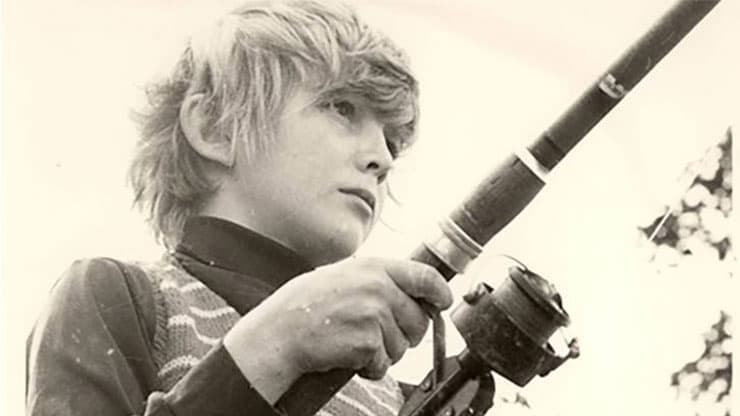A Symbol for a City
It all starts with a symbol. A shape, a mark, an etching on a cave wall. A cheek adorned with a streak of clay or wet charcoal. An emblem to distinguish one tribe from another. A visual cue, uniting friend and friend alike.
Since the dawn of human civilization, symbols have had a key role to play, communicating larger concepts of unity, understanding and allegiance through simple visual means. From early stone age drawings and tribal symbols came flags, banners and insignias. These later incarnations became increasingly refined and elegant; however, in essence they performed the same function as the rudimentary symbols of centuries past, uniting likeminded allies.
During medieval times, knights sheathed in steel would charge into battle with emblems emblazoned across their armour. These heraldic marks enabled the knights to distinguish friend from foe; they represented a shared interest and a common goal.
Over time, the marks of these troops evolved into regional and national flags; each one represented a British county or country. Sir Edward Hamley best captured this representative and symbolic power of the flag when he wrote:
A moth-eaten rag on a worm-eaten pole,
It does not look likely to stir a man’s soul,
‘Tis the deeds that were done ‘neath the moth-eaten rag,
When the pole was a staff and the rag was a flag.
Symbols in the present day
Today, the world can be callously isolating and fractured. So it’s more important than ever for people to unite under symbols that represent universal values and shared goals. One of the places that exemplifies this most is London. A city of true multiculturalism and diversity, but also city somewhat tainted by the UK’s choice to leave the European Union and, specifically, by the underlying motives that led to this choice.
In recent years, the St George’s Cross – the flag of England going all the way back to the Middle Ages – has acquired negative connotations. The act of bearing what should be a flag of national pride has become laden with unwanted associations.
In light of this, Steve has decided that London – as the country’s capital and a place of inclusivity and openness – deserves an alternative, a symbol of everything and everyone it stands for.
This inclusivity and openness permeates the very fabric of the city. London refuses to discriminate on the basis of race, religion or nationality. And it has long been the pacesetter for equality and worldwide opportunity in the UK. Back in 1892, for example, the UK’s first non-white MP was elected when the Indian-born Dadabhai Naorji won Finsbury Central for the Liberal Party. Just over 30 years earlier, the Jewish immigrant Joseph Malin is said to have opened the UK’s first fish and chips restaurant within the sound of Bow Bells in east London; this dish soon swept the nation and become synonymous with the idea of ‘Britishness.’
A flag for London
The city continues to pioneer multiculturalism, with non-UK born residents making up 37% of its population – the national average stands at 12.5%. This percentage increases further in such London boroughs as Brent (54%), Newham (54%), Kensington (52%) and Westminster (50%).
In the lead up to 2012, Newham undertook the UK’s largest mixed-use urban regeneration project to welcome international athletes to Stratford City for the Olympic Games. In Kensington & Chelsea, with its fitting motto “How good to dwell in unity”, the largest street party in Europe – and one of London’s most important cultural events – takes place in Notting Hill every August.
International celebrations such as these form part of London’s identity, driven by the city’s history of immigration and global opportunity. With over 300 languages spoken in London, the city is a microcosm of the world at large, and is more than worthy of a flag to celebrate this.
Steve is a firm believer in the power of badges and symbols. So he has set himself the challenge of creating a flag to celebrate London’s diversity. Given that Steve’s DNA reveals he is a mix of Irish, Swedish, Italian, English and Mongolian, he could hardly be more suited to the task.
The design of the flag touches on key aspects of the capital.It adopts a tricolour design to depict the River Thames in blue at its heart, with culture depicted in red on one side, and open spaces in green on the other. Fashion is represented in black and white on the periphery. At the centre, uniting the elements, stands the much-loved London Bridge, characterised in gold to honour the vibrancy, energy and spirit of the city.
A symbol of unity and hope, the flag represents how London is alive, and open to everyone.
It all starts with a symbol…
- Share:


